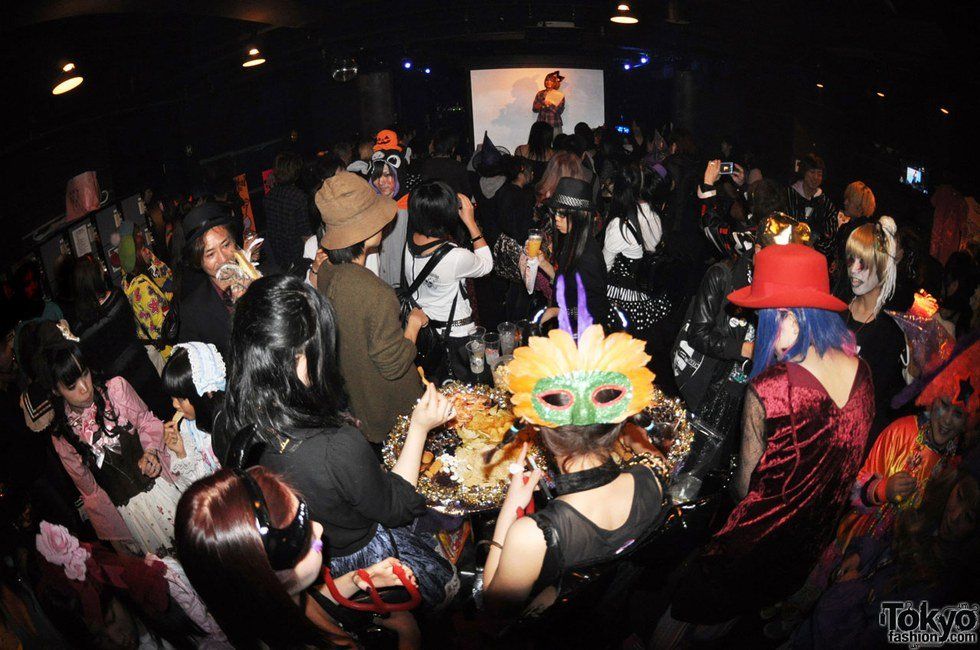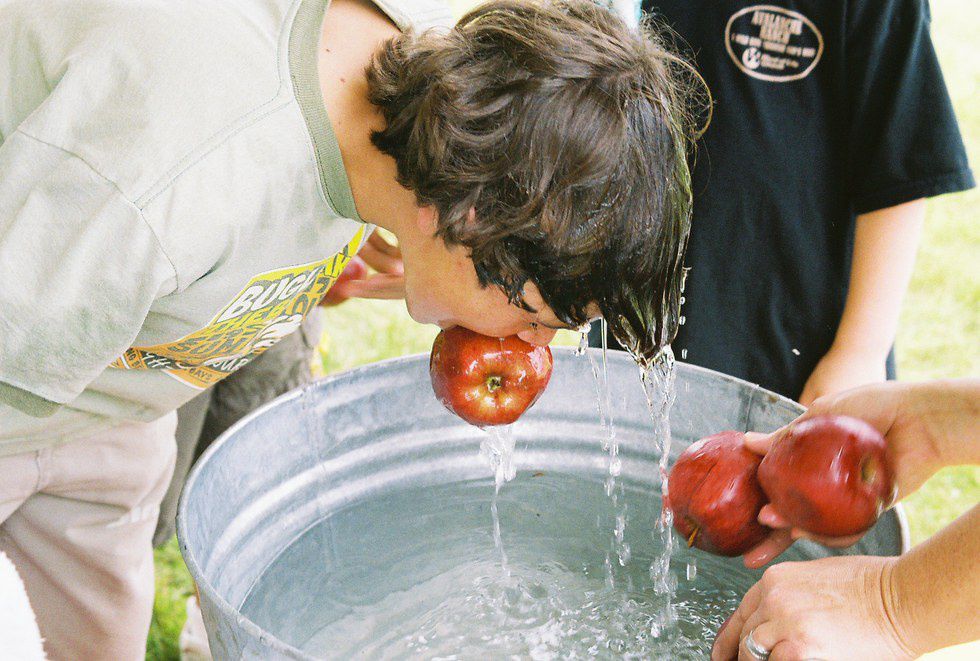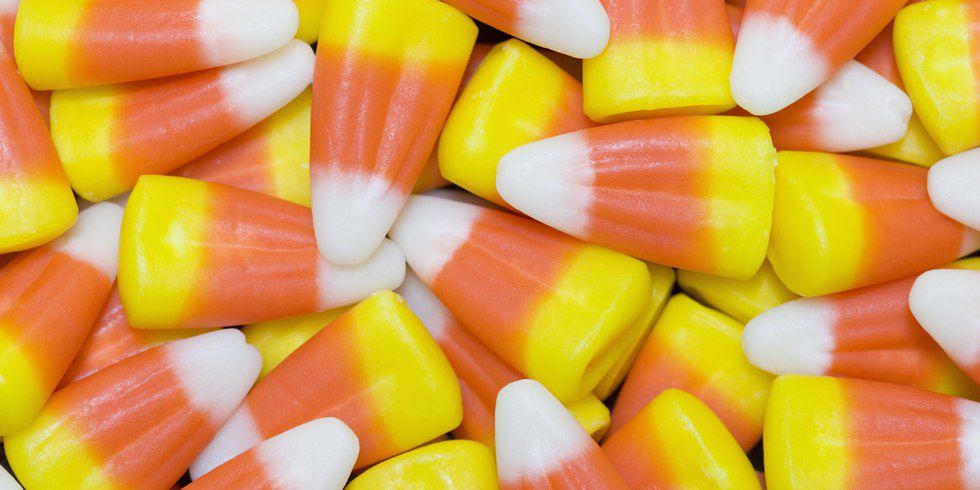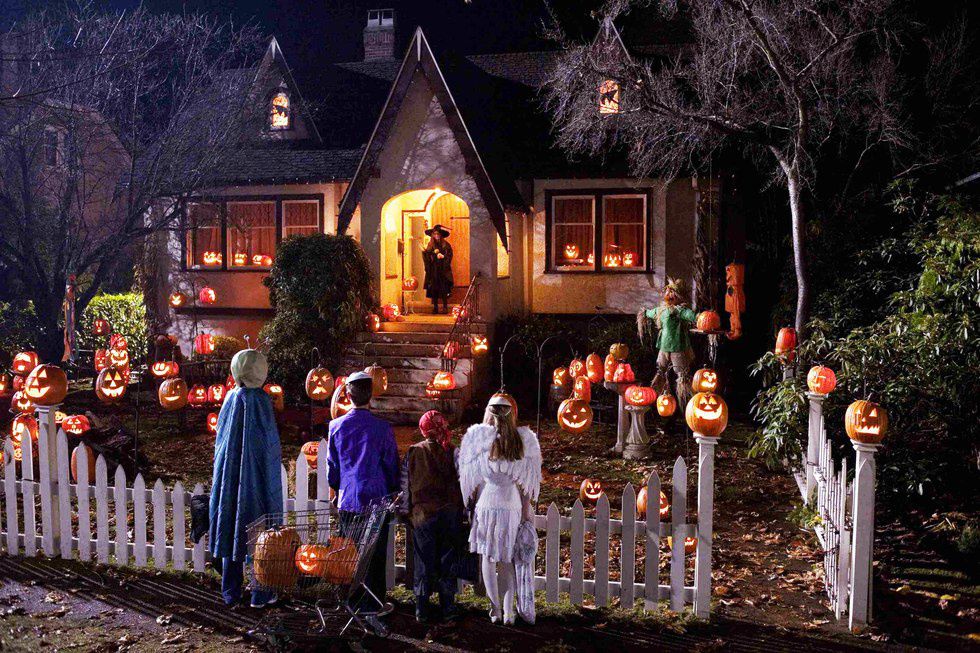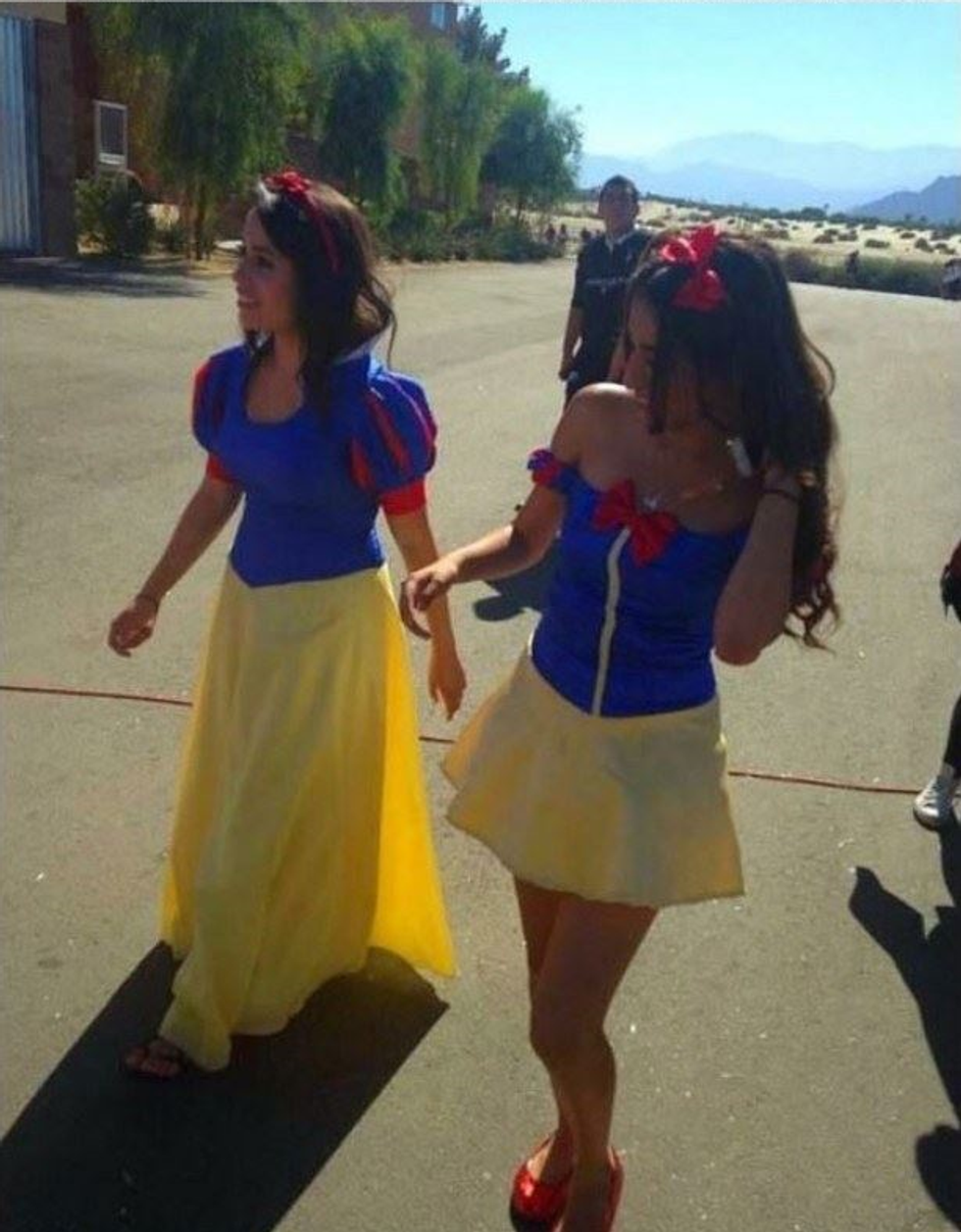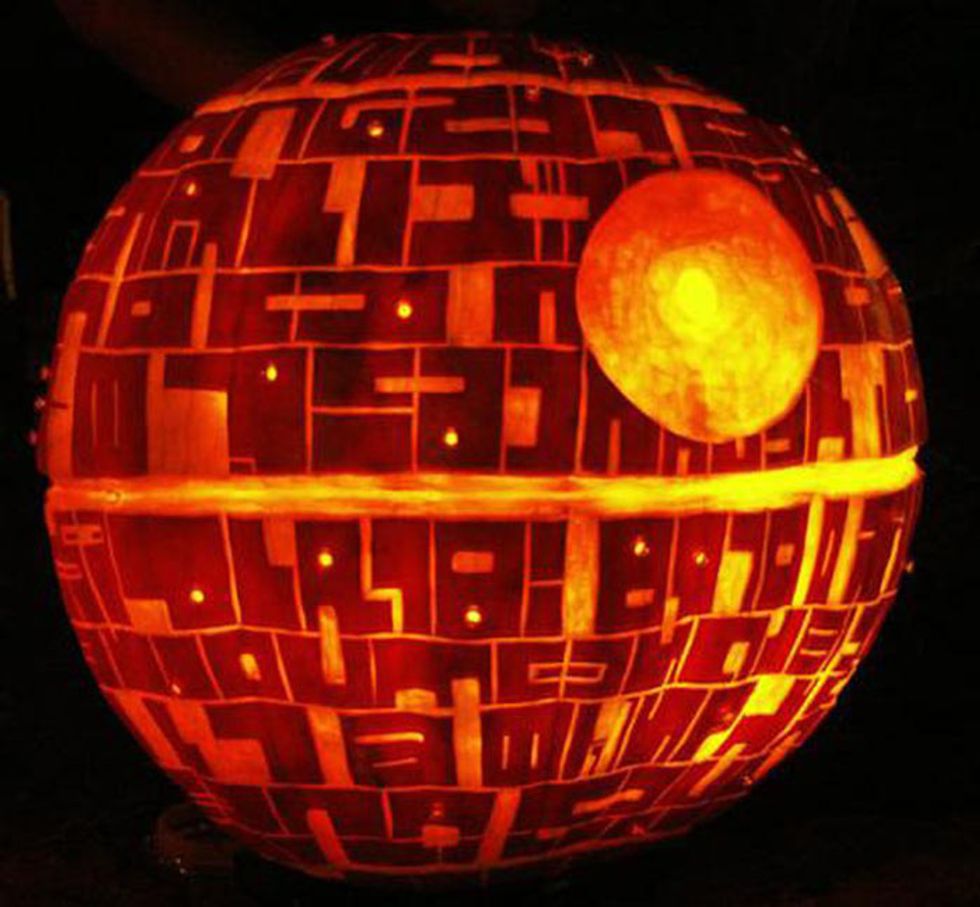With the onset of Halloween just around the corner, many people are assembling their parties; ready for this year’s set of activities. Icons and customs of the season are recognizable to people of all ages, yet most don’t know why or where they came from. Like many traditions, the origins of our favorite fall customs come from a variety of sources and places, some surprising to those who don't know.
1. Bobbing for Apples
This old time game of people collecting apples from a bucket of water is an integral part of the autumn imagery. However, the tradition is actually centuries old with the most recognizable of its form descending from English games that dealt with marriage and superstition. Apples were marked with the names of men the women wanted to marry then set about in the water. Depending on which apple was drawn and the amount of tries it took to catch the apple determined the success of that marriage. Some women were then told that they would dream of their future husband if their apple was placed underneath their pillow at night. Obviously, nowadays this has fallen out of custom and everyone uses Tinder instead.
2. Candy Corn
One of the most recognizable treats of the Autumn season, this staple of Halloween sees its history go back to over a century ago when it was invented in 1880 by George Reninnger. Marketed by the Goelitz Confectionery Company, mostly recognized at the Jelly Belly Candy Company, the original name of the candy was chicken feed and marketed as an affectionate parody of corn. Drawing its flavor from marshmallow, this ubiquitous treat is estimated to be sold to somewhere near the amount of 20 million pounds each and every year.
3. Trick-Or-Treating
The tradition of visiting houses to receive candy draws its inspiration from a myriad of sources some ancient in tradition whilst others are fairly modern. During the Middle Ages around the time of All Saints Day, (The original name of Halloween) or other holidays, people would visit houses and recite or act out parts of plays in exchange for food and drink. The practice was adopted by Christians who used cake and then brought over to America with the arrival of immigrants much later. The term Trick-Or-Treat wasn’t used until the 1920’s and the practice grew in popularity in North America despite sugar rationing during the Second World War. As the name implied the term grew from early reports of vandalism and mischief that often occurred during this time. Why in modern time mischief night occurs before Halloween is beyond me.
4. Wearing Costumes
The practice of wearing costumes or “guising” as it was known as, like the collection of candy, traceable from several potential sources such as Celtic tradition or Christian practices of collecting cakes in exchange for prayers. This often included the parading of images or relics of martyred saints or dressing up as said Saints on these holidays. In America, the custom of dressing in costume stems from the 1910’s but grew in popularity during the 30’s with the growth in interest in Halloween in general. At this point, companies began to produce the scary costumes we associate with today in order to keep up with the trending popularity of the holiday.
5. Jack-O-Lantern
Perhaps most recognized is the venerable jack-o-lantern, the symbol of Halloween itself. The custom of carving pumpkins is believed to come from Ireland where the tradition of hollowing and carving out turnips into scary faces coincided with the festival of Samhain. It was believed that during this time the souls of the dead wandered the Earth and the carved faces in the turnips would keep evil away or was meant to represent them. The tradition of pumpkin carving in America was first mentioned in 1837 with folklore merely speculating on the actual origin. Legend states that a man trapped the devil and forced him to make a pact so that he would never go to hell but then proceeded to live a bad life also barring him from heaven. With nowhere to go, the devil tossed him an ember and he placed it into a turnip then began to wander aimlessly known as Jack of the lantern.



